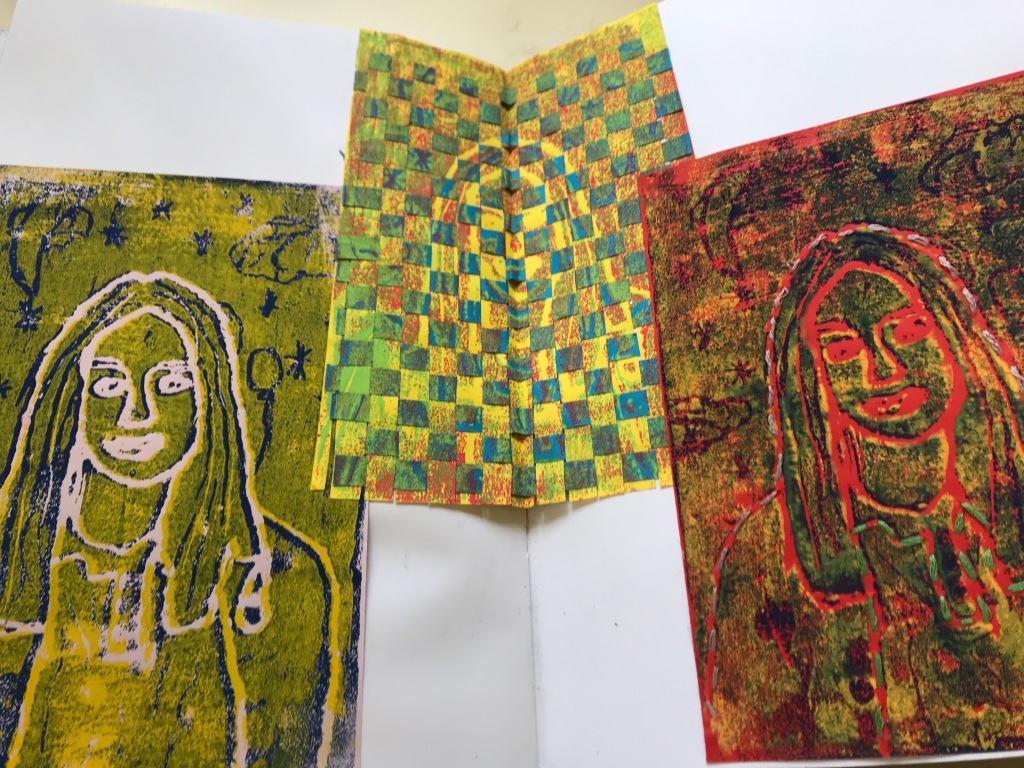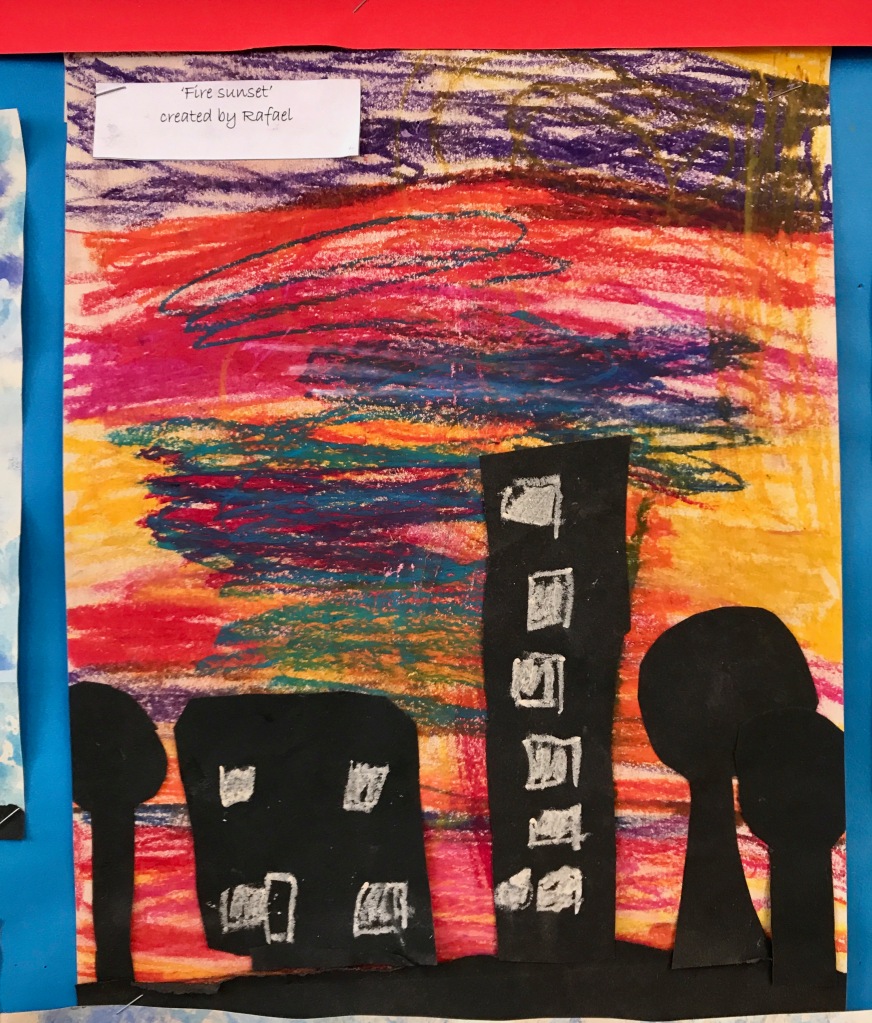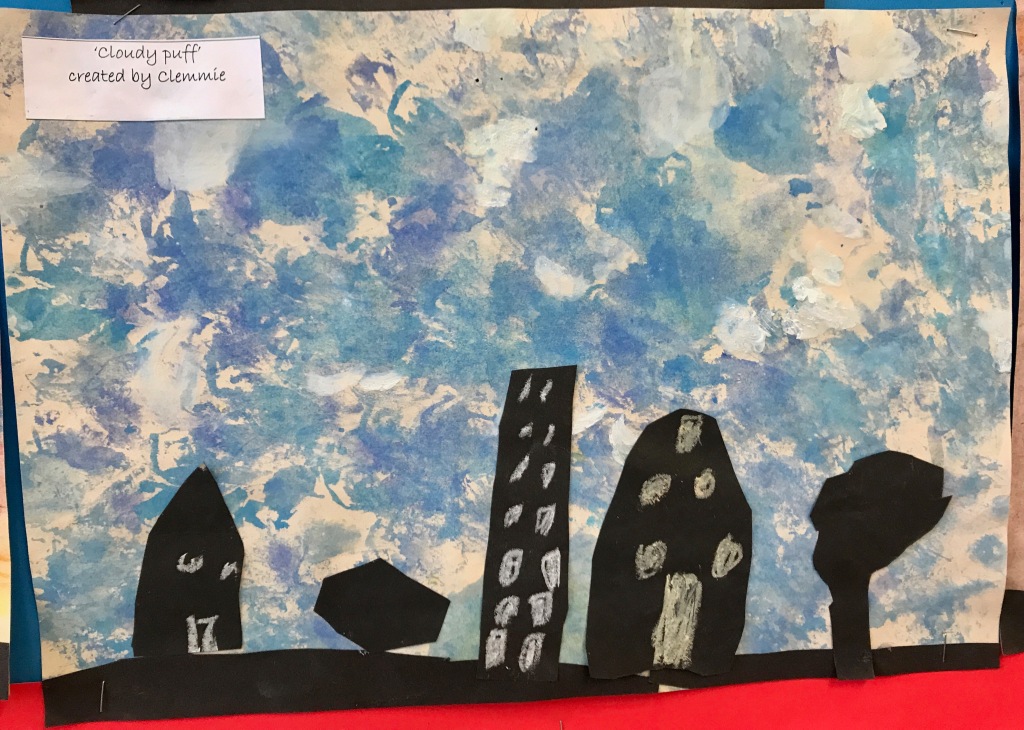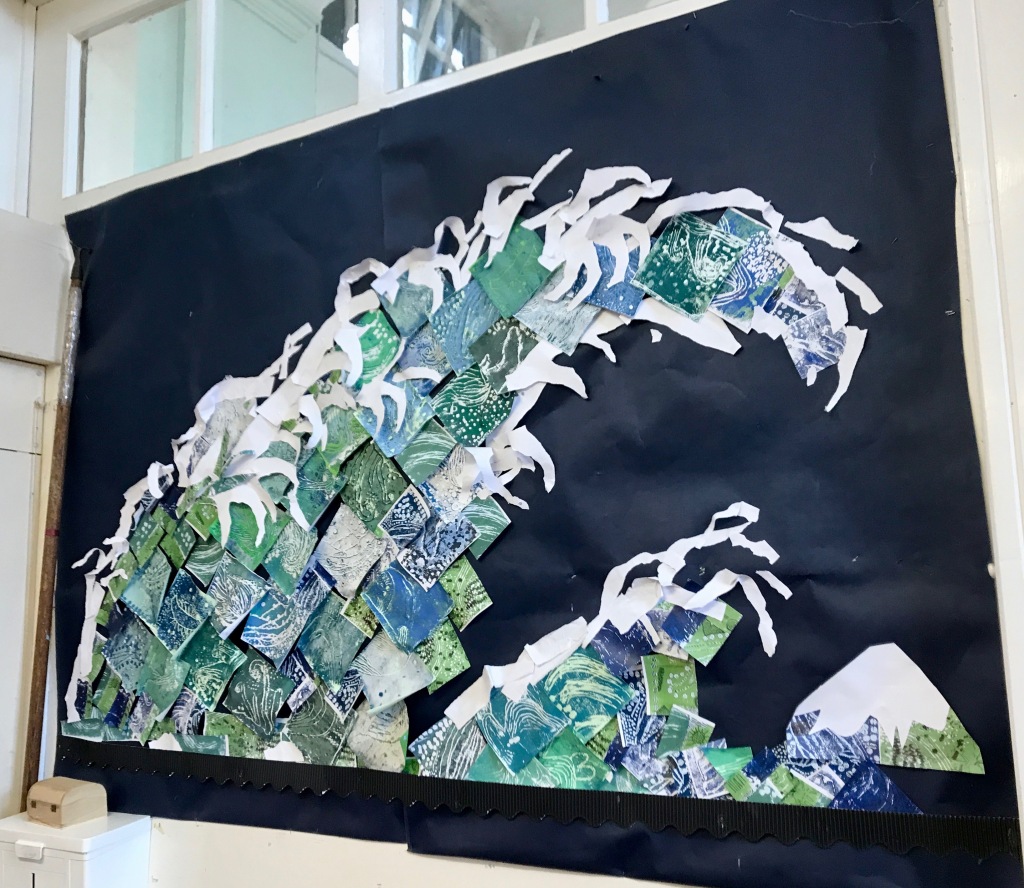Somerleyton Primary is in the village of the same name about four miles inland from Lowestoft in Suffolk on the edge of the Norfolk Broads. Despite being the smallest school in our project (60 students), they punch well above their weight when it comes to the Arts and DT.
In the context of our project, Somerleyton are unique in other ways. Like many other houses in this ‘model village’, the school has a thatched roof. And they use the village green as their playing field for PE and other activities.



Before we got to talk with headteacher Oli Clifford, arts lead Victoria Speed-Andrews, teacher Lily Foster and the students, we watched a pre-school street dance lesson. While the session was led by a dancer who rotated around the other schools in the MAT, we found out later that arts lead Victoria Speed-Andrews had a degree from the Royal Academy of Dance on the art and teaching of classical ballet and had worked as a dance teacher for about six years before returning to university to qualify as a primary school teacher. Needless to say, the lively street dance set us up for a day of hearing, watching and learning about the performing arts, Somerleyton’s specialist area.
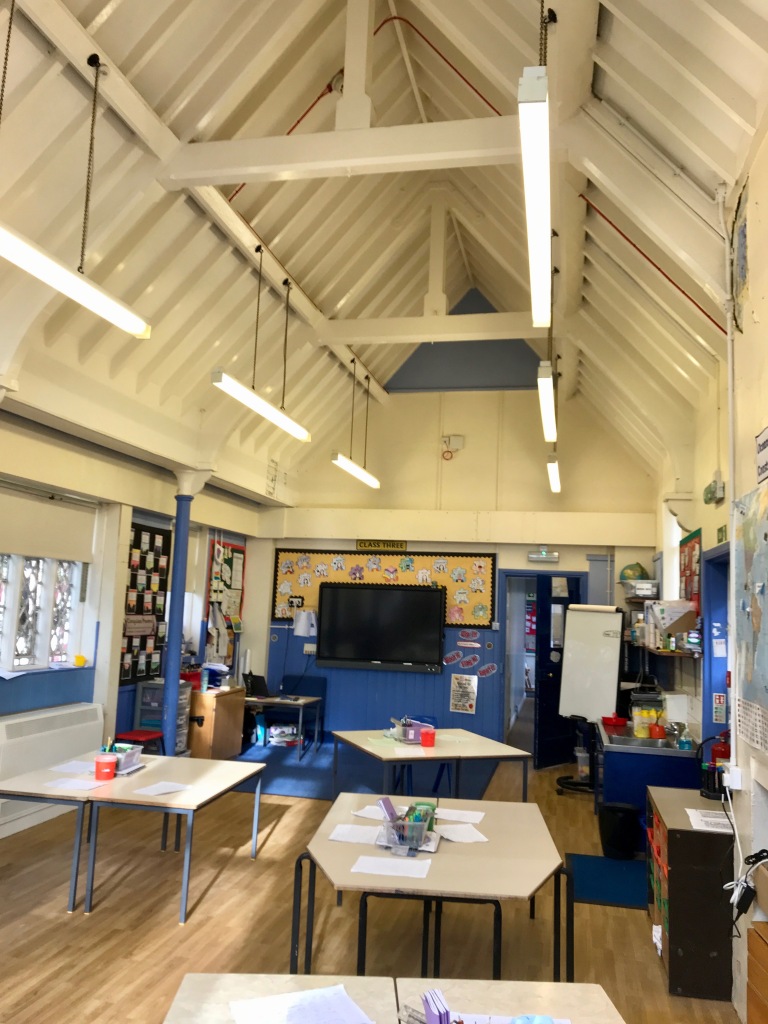

We heard about how students had recently performed in front of five hundred or so people at Snape Maltings, an internationally renowned concert hall with which Somerleyton has an ongoing relationship. In previous projects, the students were singing alongside the National Youth Choir for Scotland and the Choir for Cornwall. They had built their performance skills (‘They’re unfazed by that scale of audience or that scale of venue’: Victoria) through the extensive music provision at the school.
Listen to the orchestra below:
It was a treat to sit in the middle of the school orchestra as they rehearsed. Half of the students in the school were participating (nearly 30 students) – on flutes, saxophones, clarinets, and glockenspiels. The instruments and teaching are provided by the Suffolk Music Service. Year 6 had built their flute skills through daily ten-minute practice sessions during term one of Year 3 and were now able to read from the scores of the Star Wars theme and a swung jazz piece that we heard.
Victoria told us about the many benefits the students derived from the music sessions: ‘There is a lot of collaboration and teamwork that gets developed through just the orchestra alone … they develop their ability to listen to others. You can’t work on your own. You’ve got to be empathetic’.
The school are keen to make high quality music tuition accessible to every student. We learned how the children don’t pay for their music lessons or instrument hire. The service is part-funded by PTFA funds through a big annual fete on the village green. The teachers told us how they had fond memories of attending the event when they were children. Somerleyton students are preparing for their appearance at the fete this year – we were thrilled to hear that they were going to sing ‘Village Green Preservation Society’, a Kinks’ song that wistfully captures the idyllic picture postcard setting of duck ponds, thatched cottages and old oak trees in which the school is set.
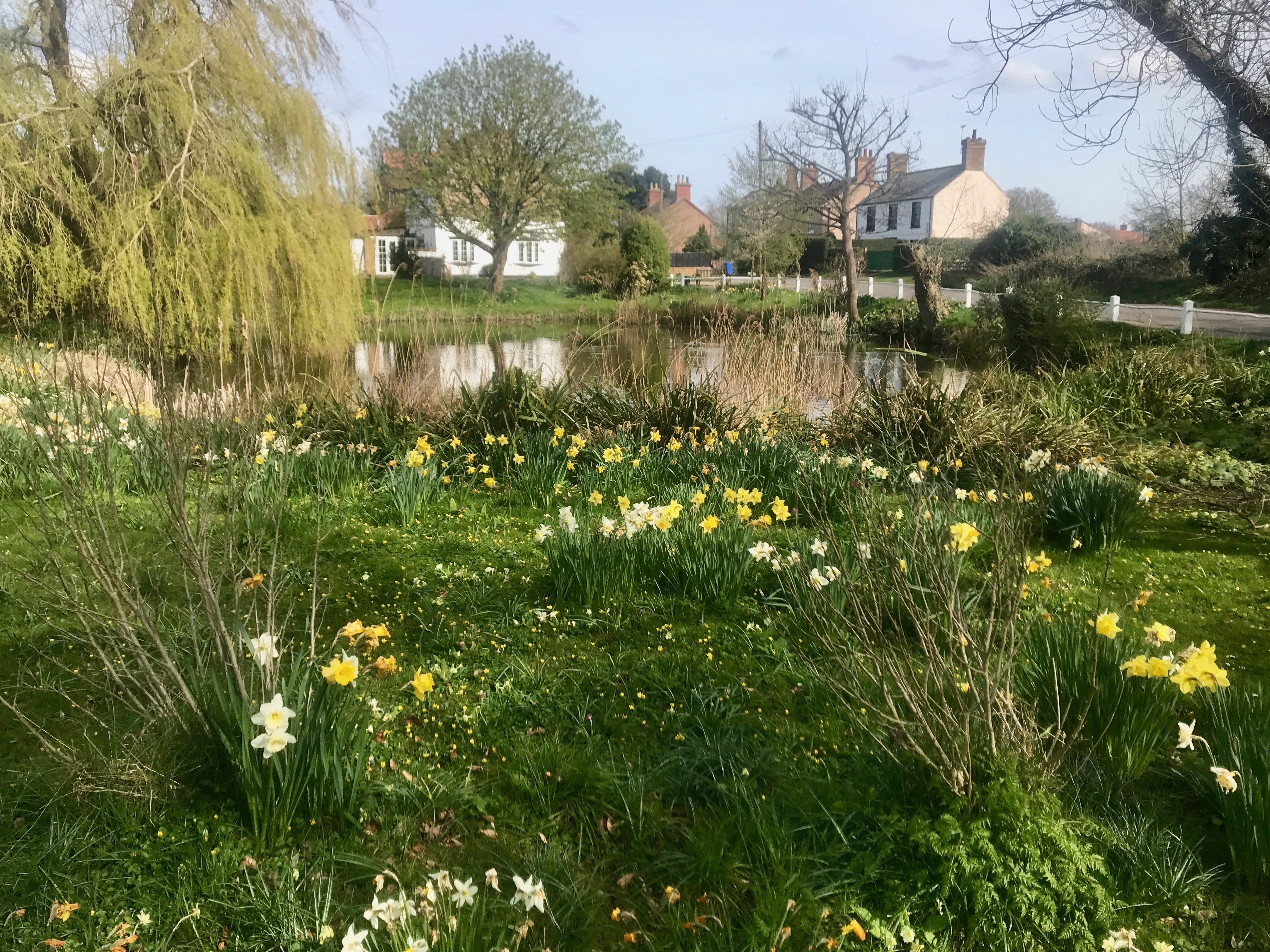


The cottages on the green and many in the village are in fact former workers’ cottages for Somerleyton Hall and the Estate. It was fascinating to hear how two of the students had family members who were ex-blacksmiths who still had their forges, bellows and anvils at home. One girl talked to us about making a sword (‘quench it in strong coffee to give it a dark and old fashioned texture’), another about making jewellery with her blacksmith dad.
With only around ten new students each year, Somerleyton combine year groups; Years 3 and 4 form a single class of around 15 students, Years 5 and 6 combine in a class of 19. Demand is high for the school’s arts-rich offer.
Victoria explained how: ‘because of the region that we’re in, predominantly white, middle class and rural, it’s important for students to have a broad diet and to expose them to other cultures and other people’s opinions. The art and the music are ways in which we can deliver that those experiences for them’.
Years 3 and 4 had just starting a unit on Surrealism (‘it’s really cool because there’s endless possibilities’: Year 4 student). Their studies of Jazz music had expanded to look at Black artists who challenged racial stereotypes. Art teacher Naomi and the team were consciously focussing on diversifying the artists and art movements that the students studied.
As well as the visual arts and DT work that we saw (including the electric powered light-up cars below), the school had links with the Marina Theatre in Lowestoft where they had been involved in a dance festival, and a playwriting competition where the children had their plays brought to life by a team of professional actors.


The school also work with the Benjamin Britten Pears charity. They have recently produced a fabulous video of their virtual choir performance of ‘Movement’ from EVERYTHING by Russell Hepplewhite and Michael Rosen for the Britten Pears premiere.
Somerleyton are currently involved in the First Light Festival, an event in Lowestoft set up by filmmaker Danny Boyle (his Yesterday was partly filmed in Lowestoft) and fashion designer Wayne Hemingway (local boy!) hooked around a 24-hour solstice party!
Head teacher Oli told us how creativity was very much at the heart of the school (it is one of their four core values) and how it impacts every part of the curriculum.
In this Jubilee year, Somerleyton are gearing up for extra performances on the Green, at street parties and beyond. As a tiny school that makes a big tuneful and rhythmic noise, we wish them all the best now that singing and performing to an audience are very much back on the agenda.
Listen to the choir below:
Many thanks to Headteacher Oli Clifford, arts lead Victoria Speed-Andrews, teacher Lily Foster and the selection of Year 4, 5 and 6 students whom we spoke with on out visit to Somerleyton Primary.
Note: If you are ever lucky enough to visit this bucolic village, bear in mind that the train only visits every two hours. We made sure we got to the station in plenty of time!
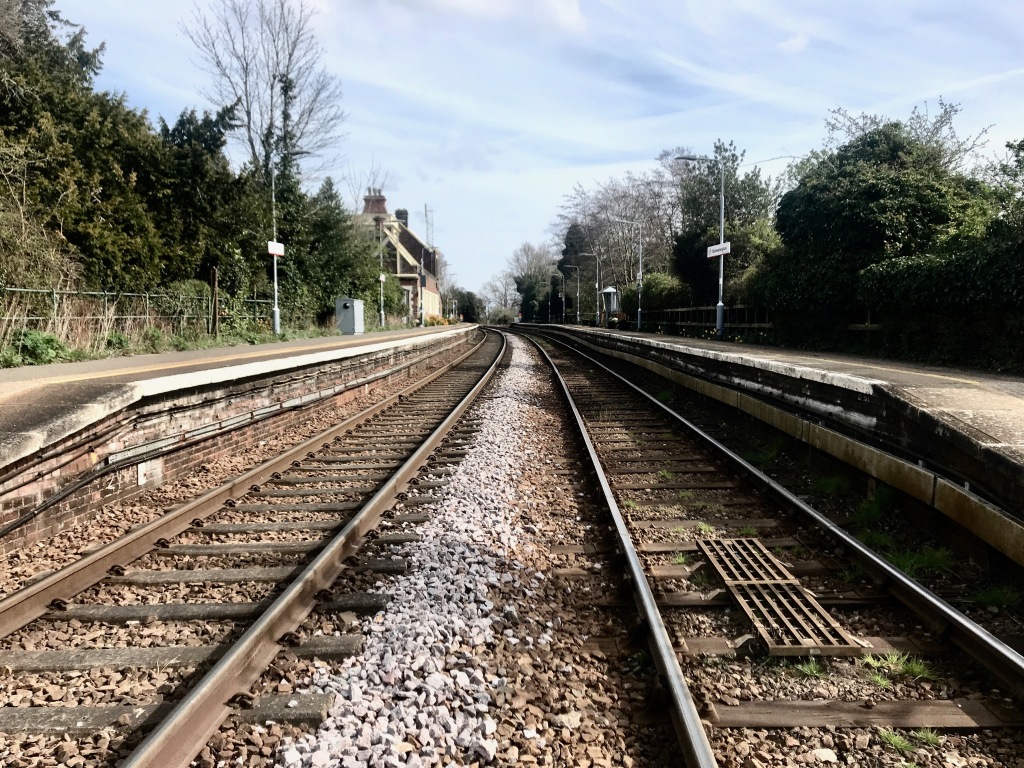
You may also be interested in reading our recently-published Art, Craft and Design Rapid Evidence Review – a survey of published scholarly literature on art, craft and design in education.



